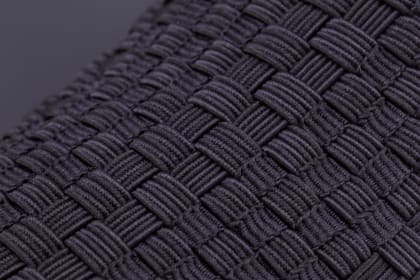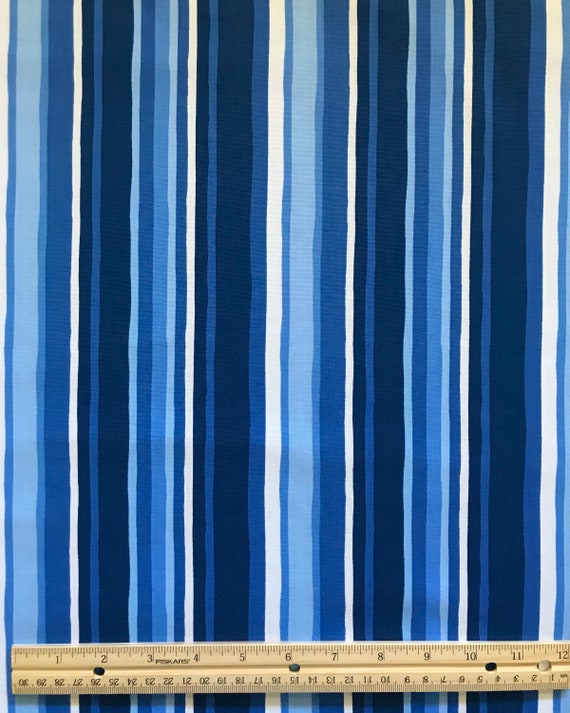The Basic Principles Of All 4 Way Stretch Fabrics
A safe bet would be to get at the very least 10% additional material. If you can get preshrunk fabric, this is the ideal.

If you are matching the color, like picking the cellular lining for the major textile or picking fabric to add as trim, this is particularly essential. The material showrooms will normally have a light well where you can see the textile in sunshine (or a window with good light from outside).
All 4 Way Stretch Fabrics - The Facts

Most fabrics have to do with 44 broad. When you go to purchase fabric, estimate just how much you want first and afterwards go to the shop. Take a look at this post to recognize the response to this frequently heard inquiry "Just how much fabric do I need". With a fat quarter, you will get an 18 vast by 22 long.
Some wonderful deals can be had this way. In dressmaking, we purchase material by the yard/meter.
The All 4 Way Stretch Fabrics Ideas
In a quarter of a lawn, you get a 9 by 44 strip of fabric, which is about 22 centimeters in length. According to the width of materials, they may be called single-width and double-width.
Select materials that are not also difficult or stiff, or you wouldn't be comfy in them. Bed linen, Denim, flannel, For colder environments, choose wool (100% as well as wool blends) wool tweeds, wool crepe; it basically depends on what pants you are speaking about Tailored pants, Unstructured Pant, Combined, Pants.
All cotton materials are good for kids. Knit materials are additionally excellent for youngsters you can go for wool knits.
The Main Principles Of All 4 Way Stretch Fabrics
Look into this blog post on the best textile for garments for babies and kids for more detail on this topic. Lightweight cotton is my preferred to stitch skirts. Cotton grass cloth in pretty prints is excellent. Silk jacket is a great fabric for sewing skirts, as is Ponte Roma weaved material.
Likewise, drapey rayons, soft woollen, lycra blends, and stretch velours are all ideal for stitching skirts. Woollen (Woollen crepe has a fantastic drape and offers enough framework for jackets; wool tweeds are fantastic also), Bed linen & Flannel. Velour (Look Into the slouchy velvet blazer tutorial, incidentally). Light-weight knits benefit free-flowing jackets like this waterfall jacket pattern Raw silk, satin, taffeta, velvet, Lace, silk chiffon, and Fabric are all great for making dresses.
You can get medium-weight fabrics with some spandex/elastane included for a suitable bodycon-type gown. For drapey dresses, you can select lightweight textiles. Crepe, challis, and charmeuse are all drapey textiles suited for this style.
Lightweight cotton fabric, Cambric, Chintz, Twill, Faille, Seersucker, Poplin, lightweight woven broadcloth, batiste, bed linen, eyelet benefit making shirts and blouses. I love chiffon shirts. Smooth satin textile benefits making ventilated tops. Take a look at the article on the 7 finest materials for making shirts. Making stoles and headscarfs require various considerations for the material check out this article on the materials for making headscarfs When getting formed fabric (the majority of the formed textile includes a width of 45 or 54 inches), there will be pattern repeat in these textiles, and this must be thought about when reducing textile along with getting them i.e., if you intend to match the patterns at the joints.
All 4 Way Stretch Fabrics Things To Know Before You Buy
The themes will certainly be dispersed in a planned style on the material. You may notice occasionally If the print is not put on the material correctly, it can not be matched or lined up when constructed without misshaping the material and the hang of the garment.


You can discover more regarding grain and grainline of fabric below. The textile weight depends on lots of variables like the weave, fiber kind, and so on and is usually signified by GSM. GSM can differ from 60 -700; 700 being the GSM of very top notch woolen material. A denim material has a GSM of 400, depending on the weave.
One thing you have to keep in mind is that greater fabric weight does not represent higher material high quality. It just is a sign of the suitability of the material for a particular project. You can not select high fabric weight fabric jeans for a light-weight floating stole. Knowing the textile weight is helpful when comparing the exact same kind of fabrics, but also this will certainly depend upon its application.
In a nutshell, the most vital standards to look for in the textile you acquire are as follows (http://prsync.com/all--way-stretch-fabrics/). The number of strings per inch of fabric (yarns-per-inch).
What Does All 4 Way Stretch Fabrics Mean?
In premium material, this balance (either in numbers or in size) will certainly always be preserved. Processes used on material to boost appearance and efficiency.
A two-ply yarn transcends to a single-ply thread.
If you are obtaining ready to begin a brand-new stitching project, picking a fabric will certainly be the most vital action once you decide what you wish to make. After you've gone to all the trouble and expenditure of buying the stitching maker you enjoy, a pattern you love, and a material you enjoy, you desire the ended up product to be a success? One method to achieve that is to begin by making sure your material is genuinely ideal for the project.
All 4 Way Stretch Fabrics for Beginners
For instance, if you're making a patchwork, you'll automatically want to make use of quilter's weight cotton for best outcomes. What if you want to make an item of garments? Exactly how do you know which textile will provide you the very best result? Selecting a textile merely since you love the print or design on it isn't necessarily the ideal approach.
You understand. In order to stay clear of doing a whole task for virtually absolutely nothing, we've assembled some suggestions to assist you choose which textile is ideal for your job. Let's say you currently have a task in mind; just how do you discover the right fabric for it? One method is to take a look at similar products in storesor ones you currently have.
Then, think about the qualities you want the completed item to have. If garments, will it be fitted or loosened? Dressy Get More Info or day-to-day? For warm weather or cold? Do you desire a solid color or a print? If you are making a non-wearable thing such as a pillow cover or pot holder, make use of a tough material such as canvas.
There is so much details around about textiles, their characteristics, and their uses, it can obtain to be frustrating! Do not attempt to take it in all at once; simply start with the task at hand. Learn all you can about the fabric you utilize for this job.
Comments on “The Basic Principles Of All 4 Way Stretch Fabrics”